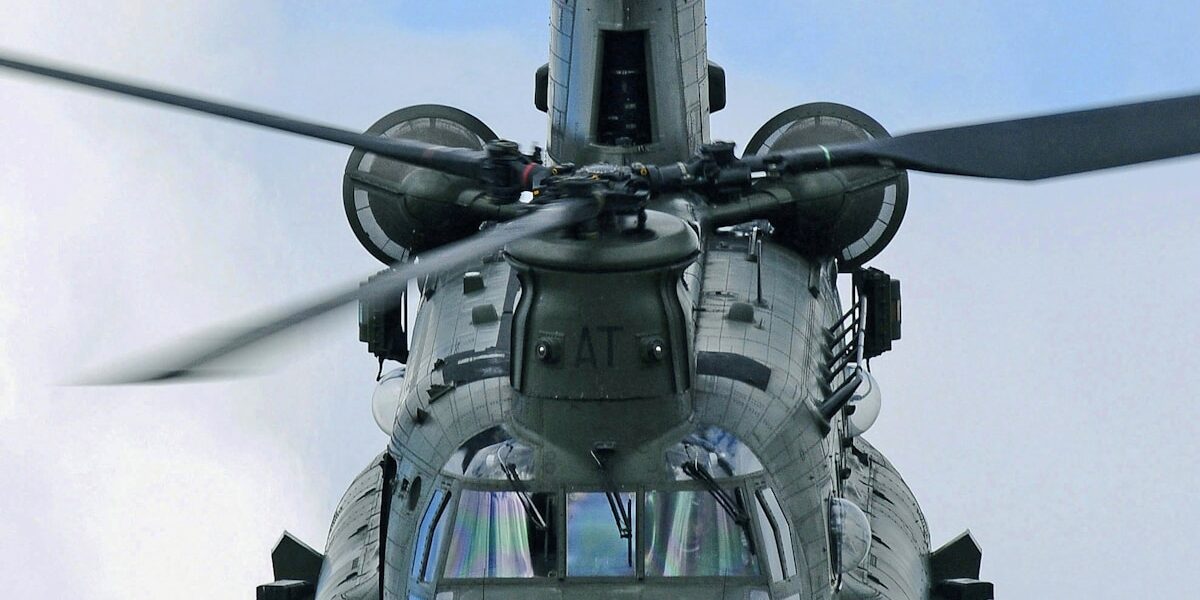Understanding the Utah Helicopter Crash
When a helicopter crash occurs, multiple layers of investigation and examination unfold. Such incidents, though rare, serve as critical reminders of the complexities involved in aviation. The Utah helicopter crash, like others, highlighted several crucial aspects that demand attention and comprehension.
The Helicopter’s Flight Path

Helicopters are versatile aircraft that often operate in areas inaccessible to planes. However, their flight paths can be complicated by weather and terrain. In Utah, with its unique geographical features ranging from mountains to desert basins, pilots face specific challenges. Factors like sudden wind changes and visibility variances in these diverse landscapes can lead to significant difficulties.
Pilot Decision-Making and Protocols
Pilots are trained to handle adverse conditions and emergencies, but each situation presents its unique challenges. Decision-making during flight is based on a mixture of training, experience, and real-time judgment calls. In the Utah helicopter case, assessing the pilot’s decisions during the moments leading to the crash became a focal point of the investigation. Variables such as weather updates, mechanical warnings, and route adjustments all come into play.
Mechanics and Maintenance Checks
Helicopter maintenance is stringent, governed by both scheduled inspections and required safety checks following any known issues. Aircraft possess numerous mechanical systems that require oversight, ranging from engines to rotor components. In the Utah crash, examining the history of such checks became essential to identify any mechanical failures that could have contributed to the incident.
Weather Conditions and Impact
Weather is a decisive element in helicopter safety. Any pilot must consider variables such as visibility, wind speeds, and precipitation. In Utah, weather conditions can change rapidly, especially in areas with high altitudes and varied geography. Incidents often underscore the need for improved weather forecasting and real-time adjustments to flight plans.
Response and Rescue Operations
In the event of a crash, quick response times are crucial to survival rates and accident evaluation. For the Utah crash, emergency services needed to confront logistical and geographical challenges. Mountainous terrains complicate rescue efforts, affecting how efficiently teams can reach the crash site. Evaluating the effectiveness of the response operations often provides insights into potential improvements in future incidences.
NTSB Investigation Process
The National Transportation Safety Board (NTSB) is tasked with investigating aircraft accidents in the United States. Their procedure involves examining physical evidence, listening to recordings, and analyzing flight data. In Utah’s case, investigators looked into multiple data sources to derive a comprehensive understanding. The NTSB’s thoroughness helps enhance safety standards through recommendations based on their findings.
Role of the Federal Aviation Administration (FAA)
The FAA oversees the regulatory aspects of aviation, including pilot certifications, aircraft compliance, and operational standards. Post-crash, the FAA often collaborates with the NTSB to assess regulatory compliance relating to the incident. Their role is crucial in enforcing new safety directives, if necessary.
Public and Media Attention
Helicopter crashes, particularly in populated or challenging geographical areas, draw significant media coverage. Public interest can sometimes pressure authorities to speed up investigation processes that require meticulous analysis. Balance is necessary to ensure accurate information dissemination without compromising the integrity of ongoing investigations.
Implications and Industry Impact
The technological advancements driven by helicopter crash investigations can result in improved safety features and protocols. Manufacturers might use findings to implement design changes or introduce additional safety measures. On the operational side, training programs might evolve to incorporate lessons learned from specific incidences. Each crash, while tragic, often serves as a catalyst for industry-wide progress.
Recommended Aviation Gear
David Clark H10-13.4 Aviation Headset – $376.95
The industry standard for aviation headsets, trusted by pilots worldwide.
Pilot’s Handbook of Aeronautical Knowledge – $25.42
The official FAA handbook – essential reading for every pilot.
As an Amazon Associate, we earn from qualifying purchases.




Subscribe for Updates
Get the latest articles delivered to your inbox.
We respect your privacy. Unsubscribe anytime.